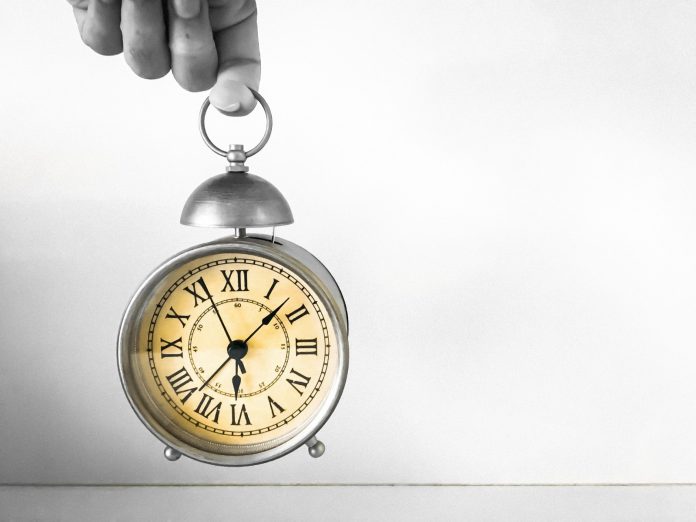Consistent daily patterns of exercise and rest can synchronise the local body clocks associated with joints and spine with the brain clock, potentially helping individuals to maintain skeletal health, improve athletic performance and avoid injury, research by University of Manchester scientists has argued.
Though the study, published in Nature Communications today (14/11/23) was in mice, the scientists suggest there is a high probability human cartilage and intervertebral discs – which have very similar physiological properties -will respond in a comparable way.
It also helps to contextualise an observation posed 300 years ago by a Reverend Mr Wasse, rector of Aynho in Northamptonshire, to a Dr Mead, concerning the difference in the height of a human body, between morning and night.
In the letter published by the Royal Society, the Reverend cited his observations of soldiers discharged from the army for being too short, arguing we are over half an inch taller after a good night’s sleep.
Daily rhythms in mammalian behaviour and physiology are generated by a circadian system which tunes into environmental cues such as light and feeding.
Scientists have long known that misalignment between the central body clock in the brain and other organs which have their own body clock – can increase the risk of pathology and diseases such as diabetes and cardiovascular disease.
However until now, very little was understood about the relationship between the clocks in joint cartilage – which has no nerve or blood supply – and the brain.
The project was funded by consecutive grants from the Medical Research Council and Versus Arthritis.
Professor Qing-Jun Meng, a senior author and body clock expert from The University of Manchester said: “Not only have we identified that misalignment between cartilage and intervertebral disc clocks and our central clock in the brain can occur through exercising at an inappropriate time, we have found the mechanism by which this happens and that skeletal clocks can resynchronise to daily patterns of physical activity.
“Our earlier work discovered internal body clocks in intervertebral discs and cartilage that dampen with ageing. Importantly, healthy cartilage and intervertebral discs have no nerves and no blood supply, so until now it was not clear how their internal clocks synchronise with the brain.”
Professor Judith Hoyland, another senior author and spine/intervertebral disc expert from The University of Manchester said: “Among the many health challenges, the age-related musculoskeletal decline – and its adverse consequences -is a major burden to individuals.
“Loss of bone density, degraded articular cartilage and degeneration of the intervertebral discs are primary features of the ageing skeleton, all of which can contribute to pain and loss of mobility.
“Importantly, we have identified a new clock mechanism underlying skeletal ageing, which could have far-reaching impacts on understanding frailty and designing more efficient treatment timing of exercise and physiotherapy to maintain good skeletal health and mobility.”
Dr Michal Dudek, lead author from The University of Manchester said: “While we are standing and moving around during the day, water is pressed out of intervertebral discs in our spine as well as the cartilage in hips and knees, making us slightly shorter by the end of the day – just as the Reverend Mr Wasse identified 300 years ago.
“But what he didn’t know was that this causes increase in osmolarity of the tissue because the same amount of minerals is now dissolved in less water so the actual concentration increases. Cells sense this change in osmolarity and synchronise the clocks within these skeletal tissues.”
“The water comes back at night when we rest and osmolarity decreases, though this direction of change had no effect on the clock.
The scientists examined the mice who were given daily exercise on a treadmill during their resting time to show what happened to the clocks in the cartilage, intervertebral disc and the brain.
They confirmed the findings by compressing mouse intervertebral discs or cartilage explants in the lab or exposing them to higher osmolarity culture medium within a normal physiological range. Both resulted in a similar clock synchronising effect.







